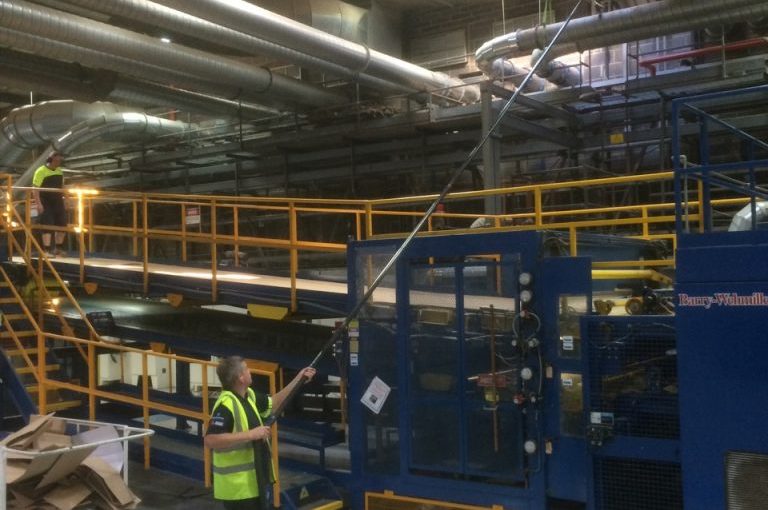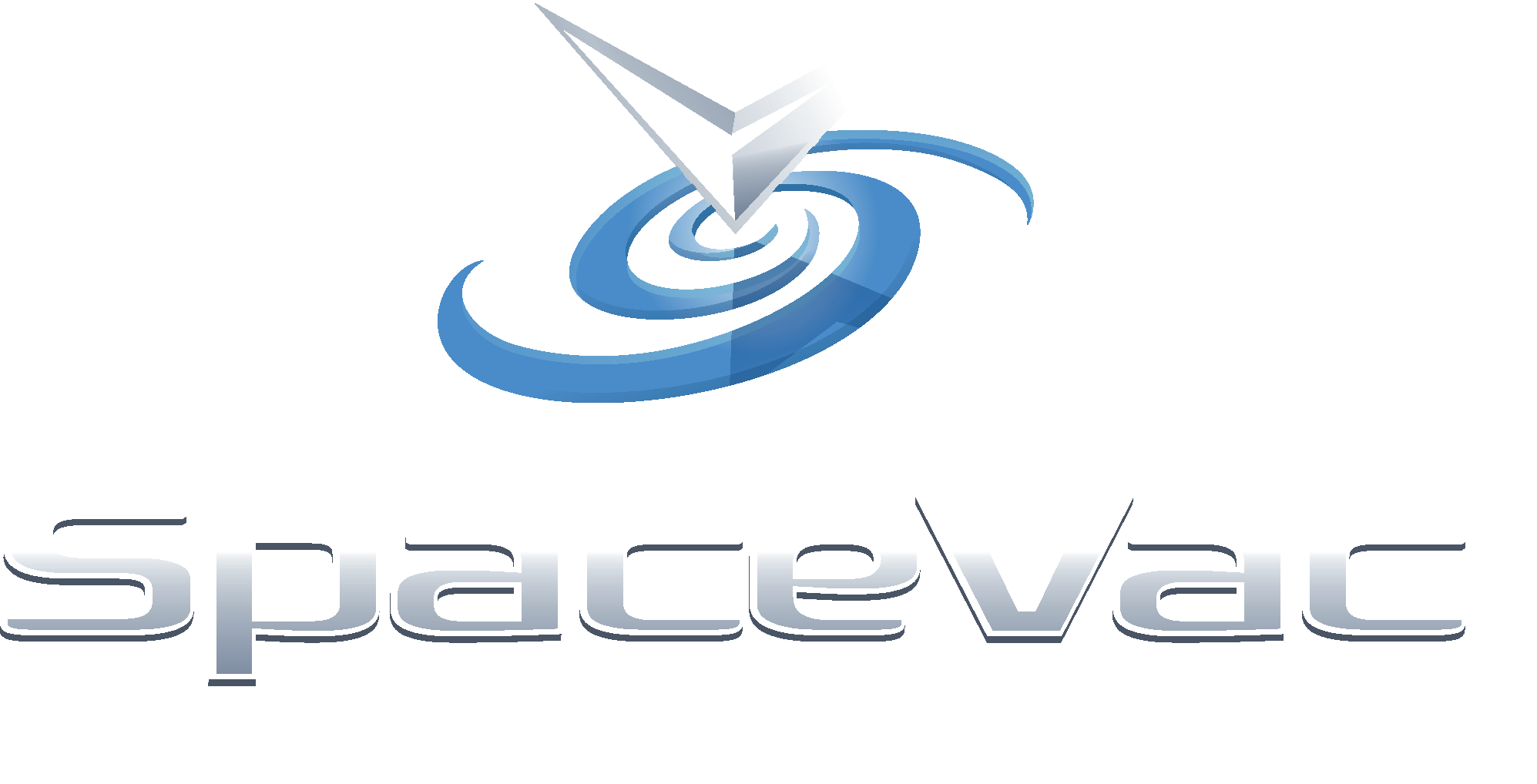An ATEX FAQ

Hi everyone
It’s been a very busy few weeks here in the SpaceVac workshop – not least while we have been taking delivery of our new high-level poles which are STILL manufactured right here in the UK. We think the new range of poles we are developing really are our best yet and we can’t wait to share more with you shortly.
Today though, I wanted to talk a little more about ATEX and answer some of the frequently asked questions that I get on a day to day basis.
What is ATEX?
An acronym of “Atmospheres Explosibles”, ATEX derives its name from the French title of the 94/9/EC directive: Appareils destinés à être utilisés en ATmosphères EXplosibles. There are two directives, one for the protection of workers potentially at risk from explosive atmospheres and the second concerning equipment and protective systems for use in these areas and with combustible dust.
So what does SpaceVac have to do with that?!
Much the same as any area in a factory or processing facility becomes dirty over time, explosive atmospheres and/or those producing combustible dust require cleaning just as rigorously if not more so in order to eliminate the risk of the dust being disturbed and dispersed into a cloud, creating the potential for ignition and deflagration (explosion caused by heat transfer) and as such need specialist ATEX approved cleaning equipment. This equipment is rigorously tested to ensure that it will not spark and cause a risk of an explosion. The SpaceVac high-level cleaning system was tested and approved for ATEX use in 2015 and we remain the only system in the world of its kind approved for such use. (The system is currently protected by a worldwide pending patent)
So what makes it safe to use in ATEX areas?
When developing our regular high-level system for use in ATEX areas, we made a number of changes. To begin with, we replaced the vacuum itself with an ATEX certified, spark-free vacuum cleaner. We then completely updated the rest of the system; everything from new lightweight poles, to anti-static brushes and accessories, to provide a completely conductive system.
But I’ve seen other systems that say they are ATEX approved?
That is true… sort of… Yes there are many vacuum units in the world ATEX certified. We are also aware of other individual tools and components that have been certified as safe for use but its important to note that distinction; components. While an individual component – a pole for the sake of argument – might be safe for use, if its attached to a brush that isn’t – then the equipment is compromised. Also when two individually certified COMPONENTS are connected together, this forms a ‘SYSTEM’ which requires completely new examination and certification before it can be used. The SpaceVac system was tested and certified as a complete system not a disparate set of accessories and we did that very deliberately – to ensure our customers total peace of mind when investing in these systems.
What ATEX zones is SpaceVac safe to use in?
Our system is certified as safe for use in M class and H class dust environments. As well as ATEX zone classifications 1,2,21 and 22. There is a whole range of really useful information on ATEX, the various classifications and regulations over on the HSE website.
I don’t think I have an ATEX area – do I still need an ATEX system?
Actually sometimes yes! If you are creating dust waste involving a combustible material (examples: Foods, Metals, Plastics, Chemicals, Wood, Paper etc.), then the equipment you use to remove this dust should be ATEX approved, otherwise you will be creating a potentially explosive atmosphere inside the vacuum cleaner itself! To explain a little further (Science alert!!):
In order to produce fire, there are three elements required, Oxygen, Fuel (in this case dust!) and a heat source (ignition) this is known as the fire triangle. However, when we introduce two other elements – Dispersion of the dust into a cloud, and confinement, we turn a fire or flashover into an energetic and potentially fatal explosion. This is known as the dust explosion pentagon
Lets put that into some context for a moment. A cleaner is vacuuming in an area where there is a large build up of aluminium dust and shavings. This isn’t an ATEX certified area so they aren’t using an ATEX vacuum. By vacuuming these dust and shavings up, the cleaner has now dispersed a dust cloud within the vacuum cleaner itself and subsequently contained this cloud – again within the unit itself. This has essentially created a mini ATEX environment within the vacuum which when the next person switches the machine on, could ignite via a spark in the vacuum. This small event may not itself injure or cause a great deal of damage, but the shockwave from this primary explosion can cause all the dust sitting in these high level areas (on top of pipes, structural beams etc.) to be dispersed into a cloud and then be ignited (also from the primary explosion). This will then cause a much larger secondary explosion, these are the incidences that unfortunately cause many fatalities and injuries, and destroy buildings and facilities around the world every year.
Honestly – if you aren’t sure about ATEX and your requirements then its best to talk to the experts. We are always happy to take questions and discuss your options with you. Contact us and let us help you keep your workforce working higher, safer and faster. In the meantime you can see the ATEX system in use in our latest video which is below. This video was actually shot in a theatres scenery shop – an area certified as ATEX due to the large build ups of sawdust within a fairly small, poorly ventilated room.
Until next time folks…

